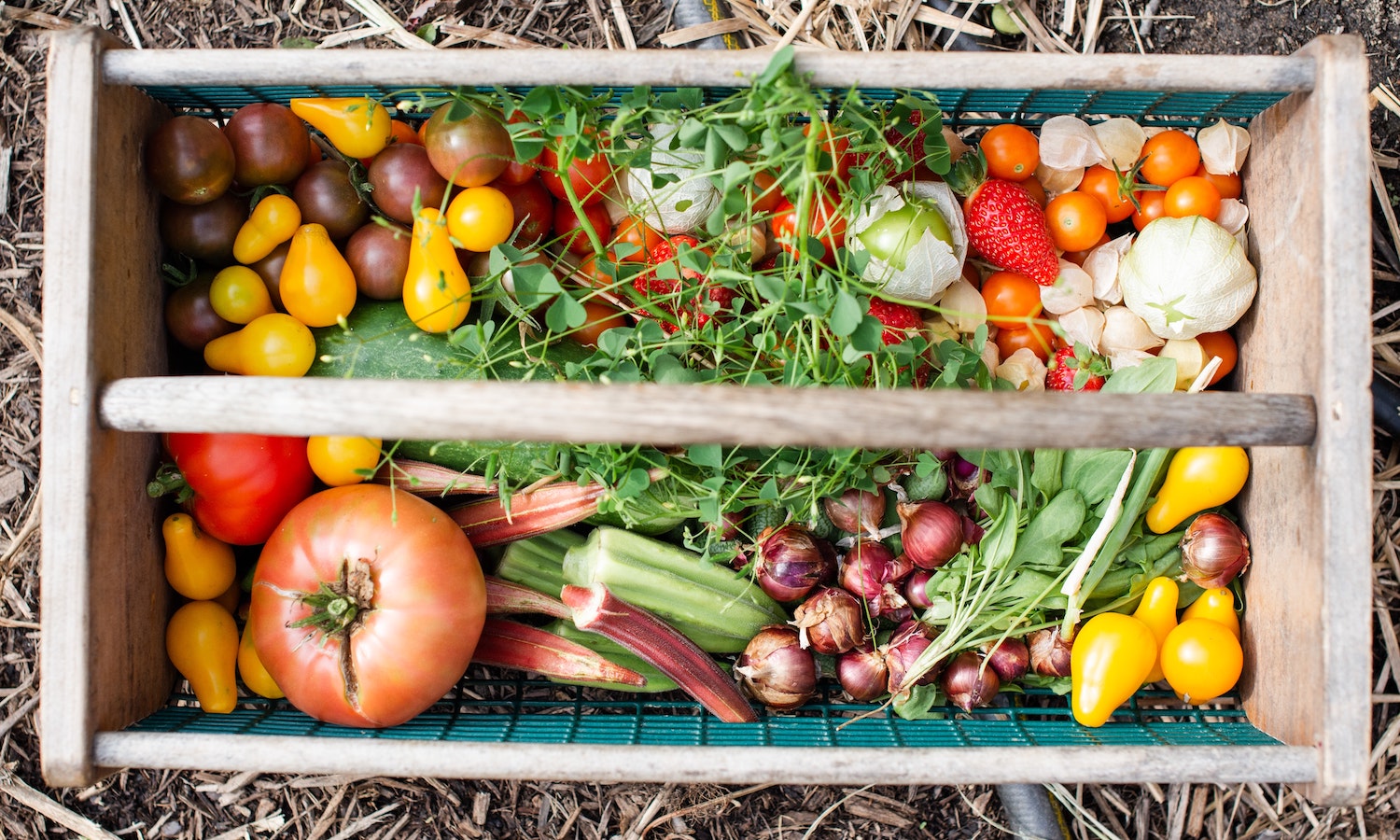During the final weeks of summer, eaters in the Northern hemisphere are experiencing an abundance of fresh fruits and vegetables. But the end of summer doesn’t mean that the season’s flavors have to disappear. Through fermentation, canning, drying, and other techniques, home cooks enjoy their favorite fruits and vegetables throughout the fall and winter months.
Food preservation can also serve as an important tool in the fight against food loss and food waste. In the United States, for example, 37 percent of all food wasted occurs at the household level according to a recent report from the nonprofit organization ReFED. By preserving produce at its peak, consumers can ensure that their fruits and vegetables don’t end up in a landfill, where they contribute to greenhouse gas emissions.
As summer winds down, here are six simple techniques to fight food waste and enjoy summer’s bounty year round.
1. Fermenting
Practiced for thousands of years, fermentation is a process that converts a food’s sugars into lactic acid, acetic acid, and carbon dioxide. The production of lactic acid helps to prevent the growth of harmful bacteria and safely preserve foods. Evidence also suggests that fermented foods have a number of health benefits, including antimicrobial, anti-inflammatory, and anti-diabetic properties. Fermentation is traditionally used to create a variety of foods and beverages, including sauerkraut, kimchi, and kombucha, but almost any vegetable can be fermented.
The U.S. Department of Agriculture (USDA) provides a fact sheet that helps cooks safely ferment foods in their own homes. It also directs them to additional resources and recipes.
2. Freezing
Freezing can be one of the most convenient ways to preserve foods at home. Storing chopped fruits and vegetables at 0° Fahrenheit inactivates bacteria, yeast, or mold, keeping produce safe, nutritious, and flavorful until they are ready for consumption. And by preserving and freezing herbs in vegetable oil, it is possible to reduce browning and freezer burn that often occurs when freezing herbs on their own.
The National Center for Home Food Preservation provides packaging recommendations, guidance on foods that do not freeze well, and tips to thaw and prepare frozen foods.
3. Canning
Canning— the process of preserving food by heat-treating and sealing it in airtight containers—is another cost-effective way to preserve fruits and vegetables. A tradition in many communities, canning can help retain many of the vitamins found in fresh foods. And when done correctly and swiftly, this method can yield products that may be even more nutritious than produce found in stores.
Ohio State University Extension provides a basic overview of the science behind canning as well as important safety tips. And check out the USDA’s Complete Guide to Home Canning for more information as well as recipes to can jams and jellies, a variety of vegetables, and animal products.
4. Infusing
Infusing vinegar with fruits is an easy way to brighten salad dressings, marinades, and shrubs. White vinegar, wine vinegar, and apple cider vinegar can all act as bases for the infusions. And each can be flavored with almost any fruit, vegetable, or herb. It can take up to three to four weeks to completely extract the flavor, but once ready these vinegars can last up to three months when prepared and stored properly. The University of Georgia’s resource offers guidance, outlining the preservation process, popular flavorings and recipes.
While infusions can also be made with oils, the low-acidity of the product presents food safety concerns. For this reason it is recommended that infused oils be refrigerated and used within two to three days after they are prepared.
5. Drying
One of the oldest food preservation methods, drying is used to create fruit and vegetable leathers and chips, seeds, meat jerkies, and more. The process removes moisture from food, which prevents the growth of bacteria, yeast, and mold. It is possible to dry foods outdoors or indoors with the help of a dehydrator or oven. Because dried foods are susceptible to moisture reabsorption when containers are opened, it is best to keep products in single-serving containers. When stored correctly, many dried fruits will last up to one year and dried vegetables will last up to six months. Fruit leathers and similar products can last up to one month.
The National Center for Home Food Preservation offers resources for preparing a variety of dried goods.
6. Donating and Sharing
When time and storage space are limiting factors, donating or sharing excess fruits and vegetables can be a great option. While traditional food drives may not have the resources needed to accept fresh produce, the organization Ample Harvest helps connect home and community gardeners directly to pantries.
Also consider giving excess produce to friends, family, and neighbors who can use it in their own kitchens. During Food Tank’s 2021 Stop Food Waste Day Virtual Event, Chef Crystal Wahpepah emphasized the importance of sharing as an easy way to cut down on food waste and build community.
Photo courtesy of Zoe Schaeffer, Unsplash













